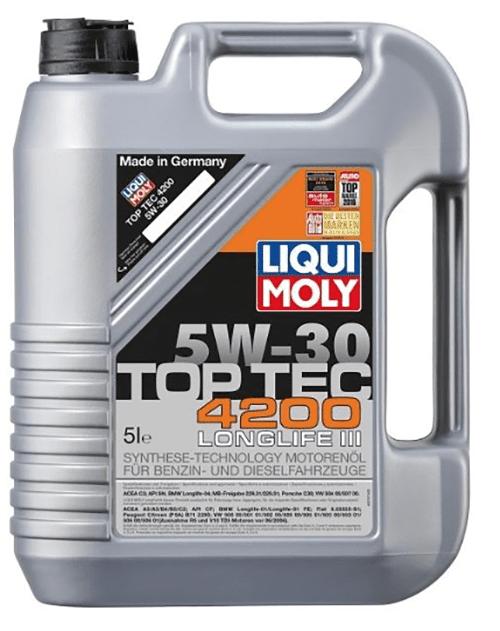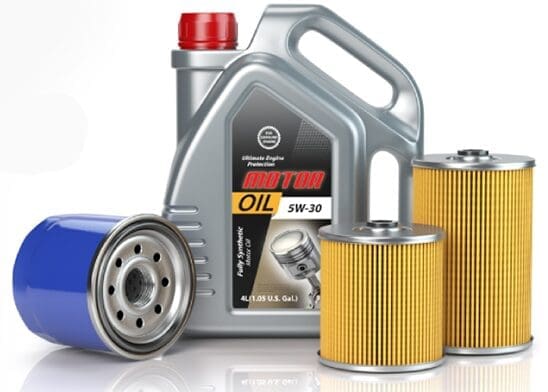Selecting the right oil for your motorcycle is crucial to keep it running smoothly and to ensure a longer lifespan for the engine.
Advertisement Feature – We have received payment for the contents of this article. Learn more.

It might seem like a simple task, but with the myriad options available in the market, making the right choice can often be confusing. Here we break down the basics of types and classifications to help make your decision-making process a wee bit more straightforward.
What is engine oil and why is it important?
Okay, that’s a very basic question, but engine oil serves as the lifeblood of your motorcycle’s engine.
It lubricates moving parts, reduces friction and helps in dissipating heat. The right oil ensures that your engine runs efficiently, and so conversely, neglecting this aspect can lead to some very avoidable mechanical issues down the line.
Given its importance, engine oil can be a complicated topic, so it’s best to do your homework.
Types of oils

Mineral Oil: This is the most basic type of engine oil, derived directly from crude oil. Mineral oils are typically cheaper but require more frequent changes. They are ideal for some older motorcycle models that don’t demand high-performance lubricants.
Semi-synthetic oil: As the name suggests, this type is a blend of mineral and synthetic oils. It offers a balance between performance and cost, making it a good option for mid-range motorcycles.
Synthetic: Synthetic oil is engineered to provide superior lubrication and lasts longer between changes. While it is the most expensive of the lot, it is often recommended for high-performance motorcycles.
Classifications; When selecting oil, you may encounter various specifications and classifications such as API, JASO and SAE.
SAE (Society of Automotive Engineers). SAE classifications, such as 10W-40, indicate the viscosity of the oil. The first number (10W) signifies cold-weather performance, and the second number (40) refers to performance in ‘regular’ weather.
API (American Petroleum Institute). API classifications such as ‘SJ’ or ‘SM’ indicate the quality and type of engine oil. Generally, the further down the alphabet, the better the oil.
JASO (Japanese Automotive Standards Organisation). JASO provides two classifications: MA and MB. MA is ideal for motorcycles with wet clutches, while MB is designed for those with automatic transmissions.
There are some basic rules and guidelines though, so:
Consider your motorcycle model and always consult your motorcycle’s user manual for specific engine oil recommendations.
If you ride in extreme temperatures or harsh conditions, you may require a specialised type of oil. And although synthetic oils offer superior performance, they come at a price. Consider your budget and riding needs before making a choice.
It’s always good to take advice from motorcycle mechanics or experts who have been in the field for a long time. If you need a visual guide, you can watch a video about choosing motor oil on YouTube
Here in the UK there has been a significant rise in the use of fully synthetic oils, especially among owners of high-performance bikes. With growing environmental concerns, biodegradable motorcycle oils are also seeing increased interest.
The right engine oil can significantly impact the performance and longevity of your machine. Taking the time to understand the different types, classifications and your riding conditions will go a long way in helping you make an informed decision.
Engine oil information taken from the autodoc.co.uk website


